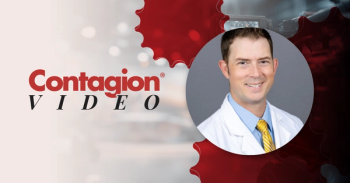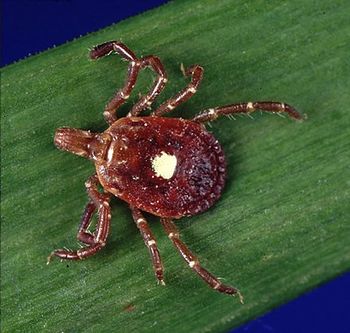
Dental Plaque May Provide a Pathway to Pneumonia in Ventilated Patients
Dental plaque may be a culprit in the development of pneumonia, but better oral health can mitigate that risk both in ventilated hospital patients and in healthy individuals.
For hospital patients on ventilators, one big worry is ventilator-associated pneumonia (VAP). The most common infection acquired by critical-care hospital patients, VAP develops in 9% to 24% of patients who are on a ventilator for more than 48 hours. VAP results in longer average hospital stays, higher hospital costs, and even fatalities— 13% of hospital patients with VAP will die from it.
Various factors lead to VAP in hospital patients, including airway secretions that collect microbes that then slip past the cuff of the endotracheal tube, as well as microorganisms that grow inside the endotracheal tube itself. Researchers at Cardiff University in Wales recently discovered that dental plaque—far from simply being a precursor to cavities—may also play a role in the development of VAP.
The researchers found that the dental plaque of patients on respirators may undergo a sort of shift. For reasons yet unknown, the plaque can become colonized with bacteria and become a conduit to the development of VAP.
In this
Interestingly, when the top 20 bacterial species per patient were analyzed, the researchers found that most of the microbes were present in all of the patients’ samples—in endotracheal tubes and non-directed bronchial lavages as well as in dental plaque—signifying a connection between oral bacteria and VAP. Another important finding was that the patients’ dental plaque harbored bacteria not normally residing in healthy mouths but are known to cause respiratory infections. The scientists aren’t sure exactly how the bacteria migrate downward, but one theory is that the organisms colonizing in dental plaque are directly aspirated into the lungs from the mouth. The microbes also may grow inside the endotracheal tube and then get breathed in.
The study highlights the need for good oral hygiene among this patient population, particularly in patients ventilated for longer periods. “The risk of VAP increases with time, so as an event you are much more likely to have one if you are ventilated for 10 days compared to three,” said Matt P. Wise, PhD, a critical care consultant at University Hospital of Wales and an author of the study, adding that the 48-hour window used in the study was an arbitrary window for definition purposes. If pneumonia was diagnosed within 48 hours of being on a ventilator, it was classed as hospital-acquired pneumonia (or HAP). Diagnosis of VAP was made after a patient had been on a ventilator for longer than 48 hours.
According to Dr. Wise, an increasing body of literature indicates that ventilators aren’t the only culprit in the development of pneumonia; poor oral health may be associated with community-acquired pneumonia in the non-ventilated population as well. In fact, the Infectious Diseases Society of America (IDSA) issued an updated
Newsletter
Stay ahead of emerging infectious disease threats with expert insights and breaking research. Subscribe now to get updates delivered straight to your inbox.


























































































































































































































































































